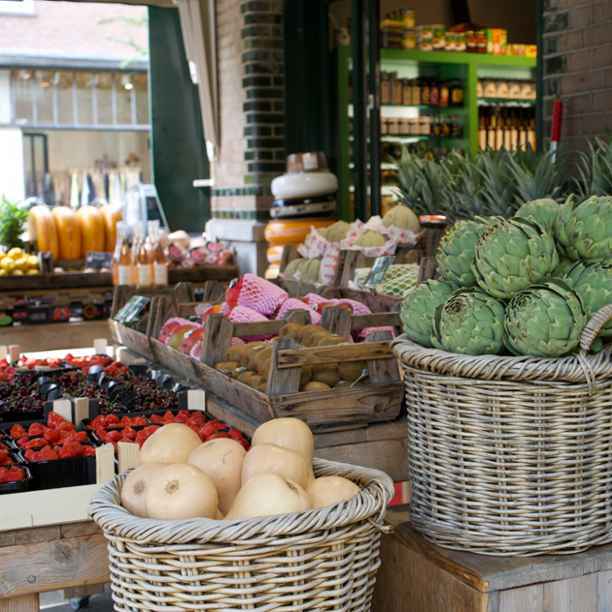How much money is needed?
Several prominent research institutions have estimated the cost required to transform our current food system into a future-proof one – a system that produces healthy food for all, while respecting the limits of our planet and paying farmers fairly.
The Food and Land Use Coalition’s Growing Better report estimated that 10 critical transitions are necessary to transform the food system with a combined cost of about USD 212 billion per year until 2030*. An estimate from the International Food Policy Research Initiative puts the funding gap at US 350 billion per year until 2030 to achieve sustainable food systems, while another FAO report mentions USD 680 billion. A recent article in Global Food Security estimates that the actions proposed in the Transforming Food Systems initiative report will cost USD 1.3 trillion per year until 2030.
The large difference in these estimates is due to the substantial variation in their underlying macroeconomic assumptions, geographical scope and transformation targets. There is not one ‘true’ funding gap – its size depends on assumptions. While the exact number is debatable, the estimates do show that it will require a tremendous amount of money to build a sustainable food and agricultural system.
Exploitative funding is current practice
Framing the food system transformation solely as a funding gap fails to capture the complexity of the situation. It seems futile to pour money into building sustainable food systems when you consider the sheer amount of money that is being used to do the opposite. From January 2016 to September 2023, banks provided at least USD 307 billion in credit to agricultural companies with high deforestation risks. Institutional investors held an estimated USD 38 billion in shares and bonds from the same companies by September 2023.
What’s more, the United Nations has deemed at least 90% of public subsidies to the agricultural sector as ‘harmful’. For example, about 80% of the EU’s Common Agricultural Policy (CAP) subsidies are used to support emission-intensive animal products.
The current financing makes the funding gap even bigger, which is the opposite of what we want to achieve. Without addressing the ongoing exploitative funding practices, simply filling the financing gap will not be enough to efficiently achieve the necessary transformation.
Money is not the issue
The funding gap feels more manageable if you consider the existing availability of money in the food system. Each year, governments, banks and equity markets currently provide about USD 1.3 trillion in new financing to the food system (an estimated USD 670 billion from public finance, USD 580 billion in bank loans and ‘only’ USD 70 billion from equity markets according to Planet Tracker**. The challenge is not to raise more money but to spend the available billions more effectively.
Investors need to deploy money strategically to initiatives that have a high potential of generating lasting change in the food system.To do this, we must avoid initiatives that offer only incremental improvements while perpetuating exploitative practices, such as ‘low-emissions barn floors’ for cattle farms. We also need to stop financing the most unsustainable components of the food system, including industrial animal protein production and commodities with high unmitigated deforestation risks.
In summary, transforming the food system requires substantial shifts in thinking and behaviour, and making conscious investment decisions. Simply pouring more money into the system to fill the gap without addressing the status quo will not be enough.
-------------------------
* These transitions include healthy diets, regenerative agriculture, nature restoration and protection, healthy oceans, diversified protein supply, reduce food waste/loss, stronger rural livelihoods, stronger local food system, gender and demography, and food system digitalisation.
** This estimate from Planet Tracker is based on numbers from SIFMA, who report that about 7% of the about USD 1 trillion was equity finance for the consumer staples sector for 2021. This is rough estimation of the available funding for the food system from equity markets in that year. The number does not include venture capital and private equity.



